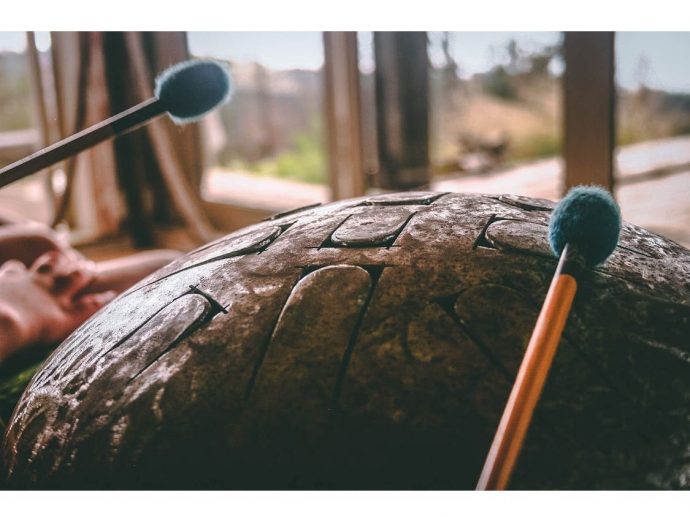Categories more
- Adventures (17)
- Arts / Collectables (15)
- Automotive (37)
- Aviation (11)
- Bath, Body, & Health (77)
- Children (6)
- Cigars / Spirits (32)
- Cuisine (16)
- Design/Architecture (22)
- Electronics (13)
- Entertainment (4)
- Event Planning (5)
- Fashion (46)
- Finance (9)
- Gifts / Misc (6)
- Home Decor (45)
- Jewelry (41)
- Pets (3)
- Philanthropy (1)
- Real Estate (16)
- Services (23)
- Sports / Golf (14)
- Vacation / Travel (59)
- Watches / Pens (14)
- Wines / Vines (24)
- Yachting / Boating (17)
6 Essential luxury Features Every Djembe Drum Should Have
Published
06/02/2025You're eager to play a djembe drum, but how do you know which one sounds best? With so many options, it's hard to tell if a djembe is good at first glance. This blog will talk about the six most important things that every djembe drum should have.
1. Quality of the Drum Shell
Almost all drums are constructed out of sturdy wood that is designed to survive for a very long period. Hardwood shells are more durable and resistant to cracking than softwood ones.
Additionally, it looks incredible if the decorations are velvety smooth or if the wood grain is completely genuine.
Make sure that the shell has a stable and strong feel to it when you are holding it. If the wood has a gentle or feeble feel to it, the drum will not have as much strength.
2. Drum Head Material
Djembes from the past were made from goat or calf skin. These natural skins make bright, warm sounds that work well with various playing styles. When skin feels thin but tough, it usually means it's healthy.
If the weather changes, synthetic caps are a better choice. But many people like natural skin because it sounds more real. The head shouldn't be too stiff or too loose.
3. Rope Tensioning System
The drumhead stays tight and ready to play thanks to ropes. Since good ropes don't break or slip, the drum stays in tune for longer. Heavy use doesn't damage thick, long-lasting ropes.
Find a djembe that has a system that works well and is easy to change. Some drums have metal rings or knots that hold ropes in place.
4. Size and Shape
There are several sizes of djembes, but most are between 12 and 15 inches wide. Bigger drums generate sounds that are deeper and louder. Smaller drums are easier to walk around and play fast beats on. Choose a size that fits you.
The shape is also essential. A broader bowl design makes the sound resonate more and sound richer. Some musicians could have trouble playing on taller drums.
5. Sound Quality
The highs should be clear and sharp, the bass should be deep, and the mids should be warm. Different hand skills work well with the drum, so players can make many different rhythms. A clear, full sound keeps everyone interested.
Tap the head of the drum several times to see if the tones stay the same. If the drum sounds distorted or flat, it likely has a broken shell or head.
6. Authenticity
West Africa produces historical drums, each with unique patterns or designs that convey a narrative. The handmade nature of authentic djembes is evident in every detail.
When you buy from known makers or suppliers, you can be sure that the goods are real. Real drums have personality and energy that machines can't copy.
Match Both Sound Preference and Playing Comfort
It's not just about how the djembe drum looks; it's also about finding the best mix between how it sounds and how comfortable it is to play. You can make sure that your drum not only sounds great but also feels good in your hands during every show by focusing on the most important parts.















